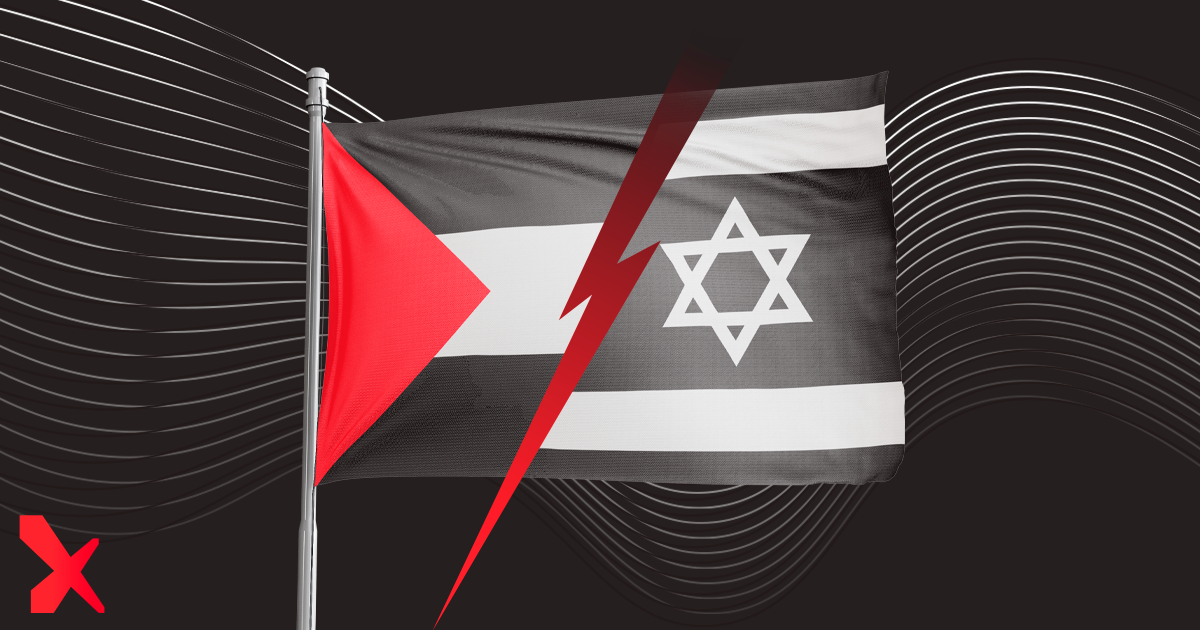Trading Signals 05/02 – 09/02
The Israel-Palestine Conflict: Reshaping the Commodity Market

Historical Context of the Conflict
Originating in the mid-20th century, the Israel-Palestine conflict is rooted in nationalist movements among Jews and Arabs, both vying for sovereignty in the Middle East. The UN’s proposed partition plan in 1947, which went unimplemented, led to the war of 1947-1949. This longstanding dispute has periodically disrupted the region’s stability, with global markets often caught in the crossfire.
Recent Events and Their Impact
2023 witnessed heightened tensions, with multiple military confrontations between Israel and HAMAS. These events, particularly the clashes in Al-Aqsa and Gaza, have intensified regional tensions, influencing global oil prices and other commodities. For instance, after the October 2023 clashes, oil prices exhibited volatility, reflecting the market’s sensitivity to the region’s stability.
Oil prices for both Brent and WTI are witnessing a 4% surge in the markets.
The December futures for Brent peaked at $88.99 per barrel on the London market but adjusted to $87.98 (+4.02%). Meanwhile, the WTI price on the New York exchange stands at $86.35 (+4.3%).
Market specialists have highlighted that a pivotal concern for the markets is whether the conflict remains localized or expands to other regions, particularly targeting Saudi Arabia. There’s also rising apprehension that the U.S. and Iran might be drawn into the fray.
In the previous quarter, oil prices saw a significant uptick. Brent increased by 23.1% over three months, reaching $92.2 per barrel, while WTI escalated by 28.5% to $90.79 per barrel. However, as October commenced, oil prices began to decline due to concerns over potential demand reduction.
As of this article’s publication, Brent crude oil is priced at $86.62, and there’s a noticeable gap on the chart.
A common sentiment among traders is that gaps inevitably fill, suggesting that we might see prices dip to around the $83 – $82 mark. However, it’s crucial to highlight that the conflict’s active phase hasn’t subsided. Any unsettling updates from the conflict zone could spur further price hikes, underscoring the importance of staying updated on the situation.
Outlook and Potential Implications for the Commodity Market
The future trajectory of the conflict can significantly influence the commodity market:
Oil and Gas: Any escalation can lead to speculative trading, causing price spikes. While infrastructure remains unaffected, potential supply disruptions can sway market sentiments.
Gold: An intensified conflict might see a surge in gold prices, as investors seek stability.
Global Impact:Rising oil prices can inflate production costs, affecting various industries and potentially influencing global inflation rates and economic growth.
Strategic Shifts:The conflict can prompt countries to re-evaluate trade partnerships, leading to shifts in global trade dynamics.
Oil: A Review of Early 2024
China’s Economy: Early 2024
Simple Strategy for Beginner Traders

